Remember that cozy corner spot where you grabbed a rotisserie chicken dinner or the bustling sub shop with those wild toaster commercials? Blink, and it’s gone. Across the U.S., iconic fast food chains that once thrived are now quietly vanishing—some so silently, you may not have realized they were disappearing until the “Closed” sign showed up for good.
Once booming brands that helped shape America’s drive-thru culture are now facing fierce headwinds. Shifting consumer tastes, rising food costs, health trends, delivery apps, and the aftershocks of the pandemic have created a perfect storm for closures. These aren’t just local joints—these are chains that once boasted hundreds, even thousands, of locations. Now? They’re struggling to keep the lights on.
Some fell victim to outdated concepts in a world that craves convenience and modern vibes. Others lost battles to flashier competitors or failed to pivot when trends changed. While international expansion and franchising once promised infinite growth, the reality has been store closures, bankruptcies, and vanishing brand loyalty.
From nostalgic names like Friendly’s and Boston Market to forgotten titans like Quiznos and Fuddruckers, the list of fast food chains on the chopping block keeps growing. Some still exist in limited regions, hanging on by a thread. Others are shadows of their former selves, surviving in airports or co-branded outposts.
This isn’t just a story about burgers and fries—it’s a glimpse into the fast-changing landscape of American eating habits. These 18 fast food brands once defined road trips, mall lunches, and late-night cravings. Now, they’re slipping away, one shuttered storefront at a time.
So if your favorite fast food spot seems a little harder to find these days, you’re not imagining it. You’re watching a piece of Americana fade into history—right before your eyes.
1. Boston Market
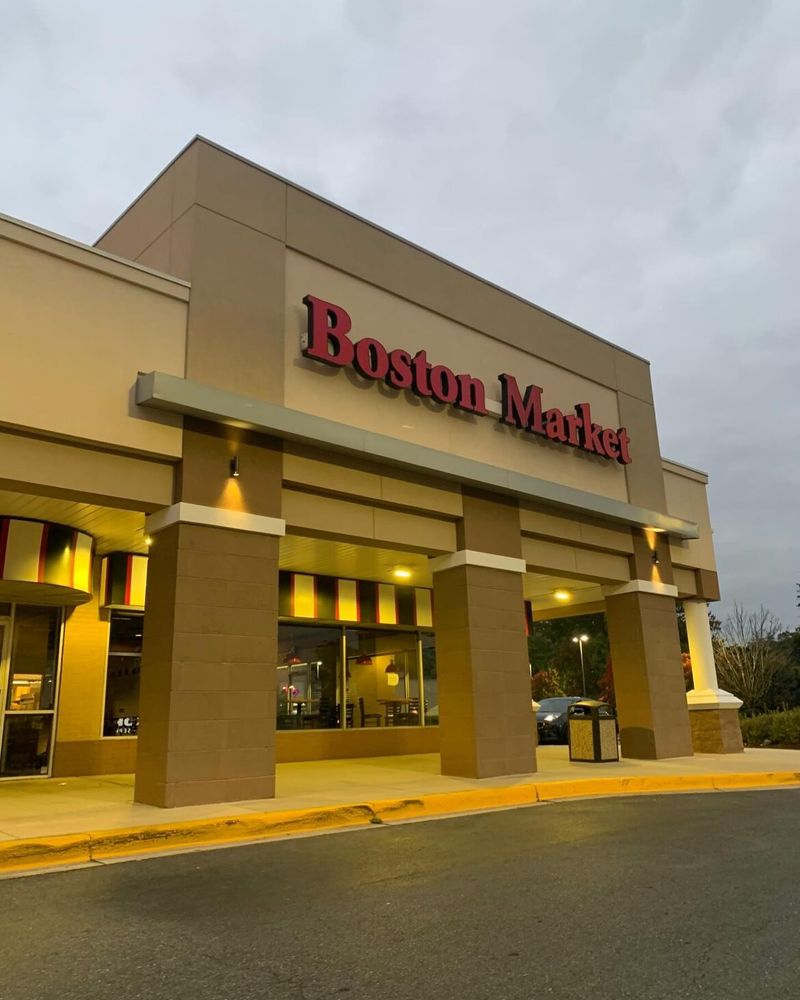
The home-style meal champion that once revolutionized fast food with its rotisserie chicken has fallen from grace.
Founded in 1985, Boston Market expanded to over 1,100 locations at its peak. But recent years have brought nothing but trouble. The chain has closed hundreds of stores, with many shuttering overnight without warning employees. Financial troubles, including a 2019 bankruptcy filing, have accelerated its decline.
Remaining locations struggle with quality control issues and an outdated concept as consumers increasingly turn to grocery store rotisserie options or meal delivery services that offer similar comfort foods with greater convenience.
2. Steak ‘n Shake
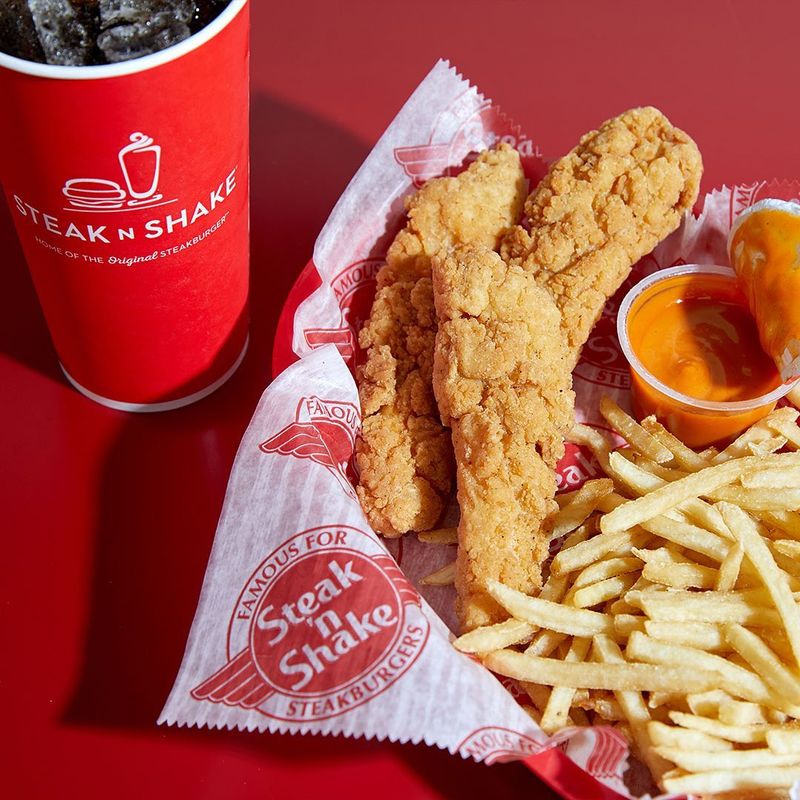
Founded in 1934, this iconic burger and milkshake destination once symbolized classic Americana dining. Families would gather around formica tables to enjoy steakburgers served on real china plates. Since 2018, hundreds of locations have permanently closed their doors.
The chain’s parent company has struggled to modernize the sit-down concept in an era of quick-service efficiency. Financial woes mounted as the chain battled outdated interiors, slow service times, and rising competition from trendy burger concepts.
Despite attempts to pivot to a self-service model and franchise restructuring, Steak ‘n Shake continues to disappear from American roadsides.
3. Quiznos’
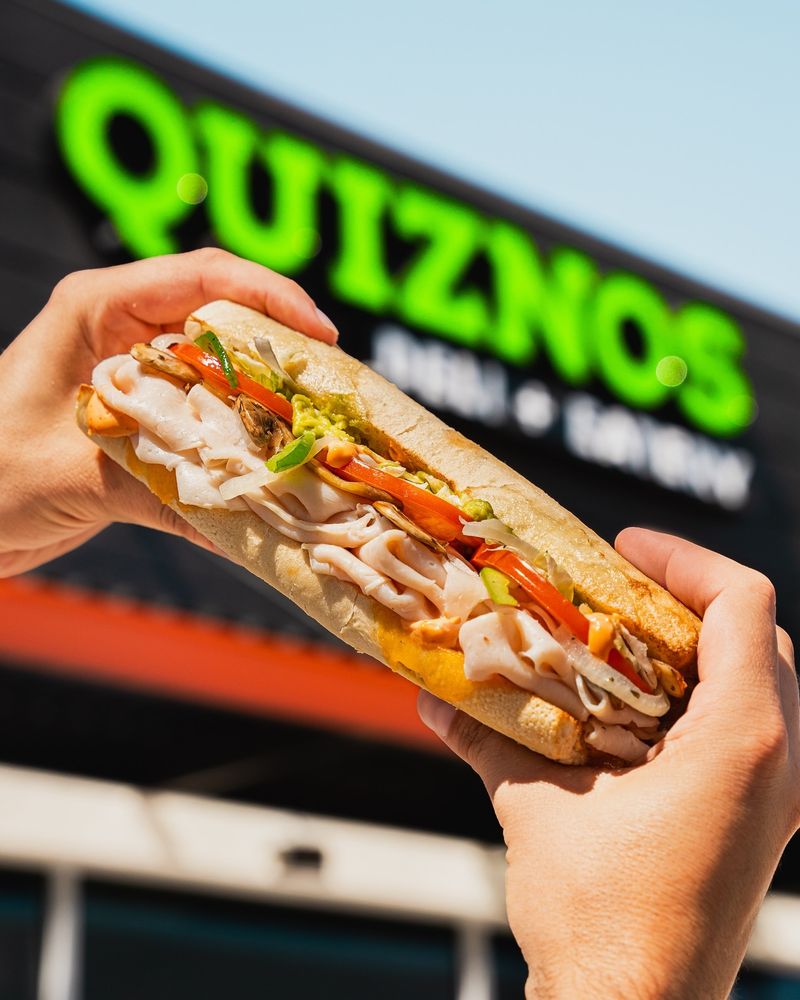
Remember those weird spongmonkey creatures from Quiznos’ quirky commercials? At its 2007 peak, the toasted sub chain boasted nearly 5,000 locations and seemed poised to challenge Subway’s sandwich dominance.
Fast forward to today, and Quiznos has imploded spectacularly. Poor franchise agreements, costly ingredients, and brutal competition reduced the chain to fewer than 300 U.S. locations. Many former fans haven’t seen a Quiznos in years, unaware the chain still exists at all.
Despite loyal customers who swear by their toasted subs being superior to competitors, Quiznos continues its quiet fade into fast food history.
4. Checkers and Rally’s
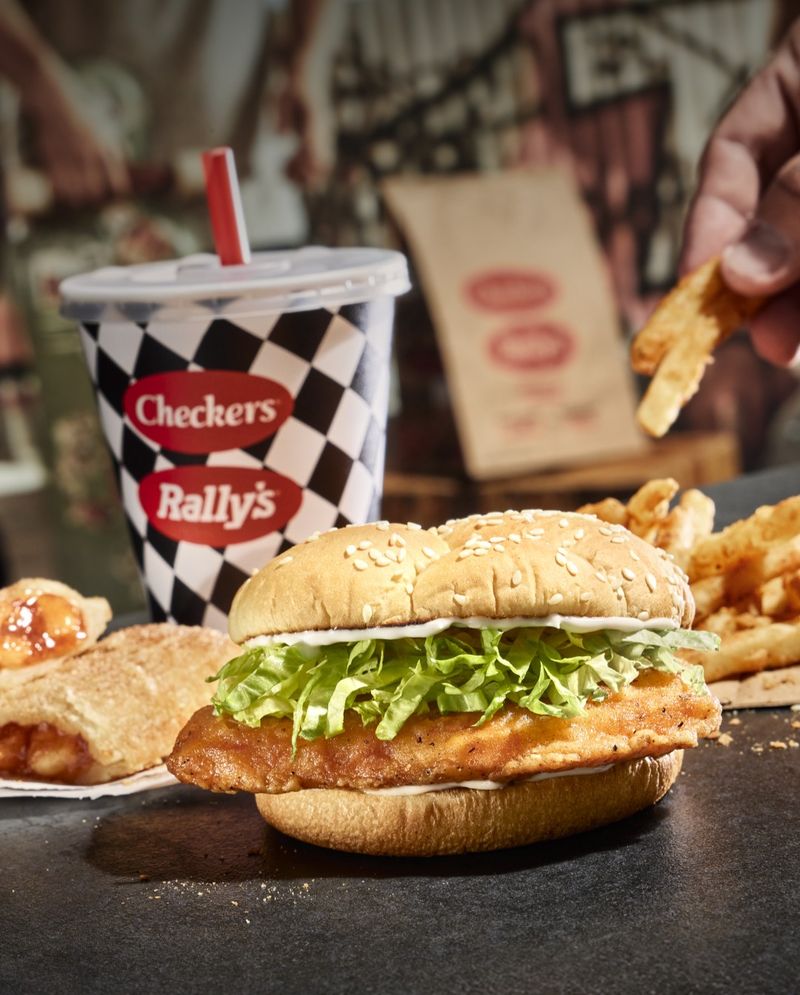
The distinctive double drive-thru design once made Checkers and Rally’s stand out in the crowded fast food landscape. Their affordable burgers, famous seasoned fries, and no-frills approach attracted budget-conscious diners for decades.
Financial struggles hit hard in recent years. The twin brands (which merged in 1999) have closed numerous locations as they struggle to compete with bigger burger chains offering similar value menus. Their unique drive-thru-focused model, once innovative, now faces challenges from mobile ordering and delivery trends.
Despite loyal fans in some regions, the chain’s iconic checkered buildings are disappearing from street corners nationwide.
5. Long John Silver’s
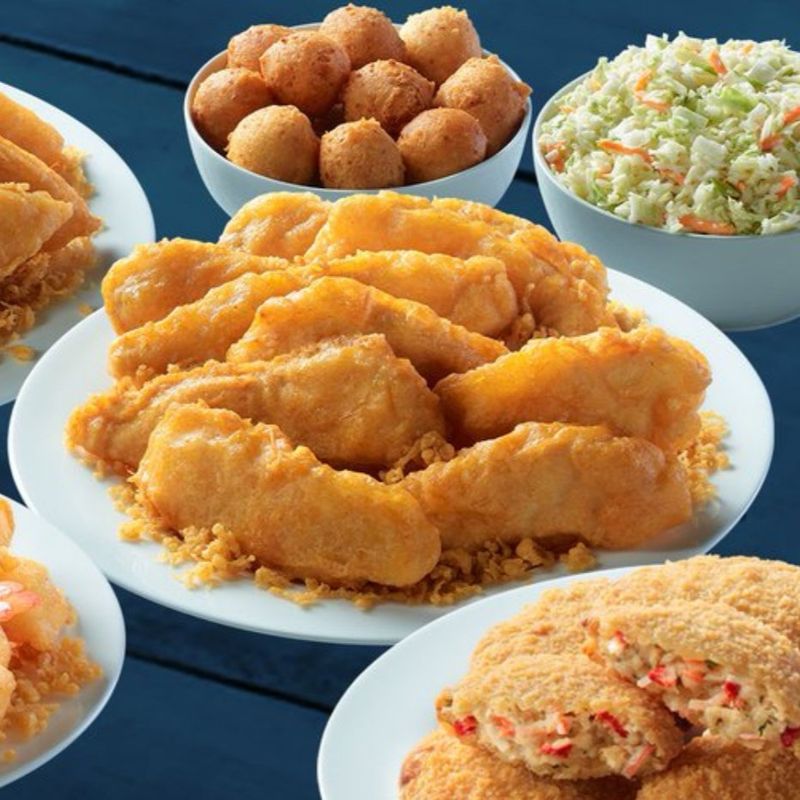
The nautical-themed fast food chain once ruled the quick-service seafood market with its distinctive hush puppies and battered fish. Founded in 1969, Long John Silver’s expanded rapidly throughout the 1970s and 80s, becoming synonymous with fast-food fish.
Changing consumer preferences have hit the chain hard. Health-conscious diners increasingly avoid deep-fried seafood, while those craving fish have more fresh options available. The chain has quietly closed hundreds of locations over the past decade.
Their remaining restaurants often operate as co-branded spaces with other fast food concepts, a telling sign of a brand struggling to justify standalone locations in today’s competitive market.
6. Ruby Tuesday
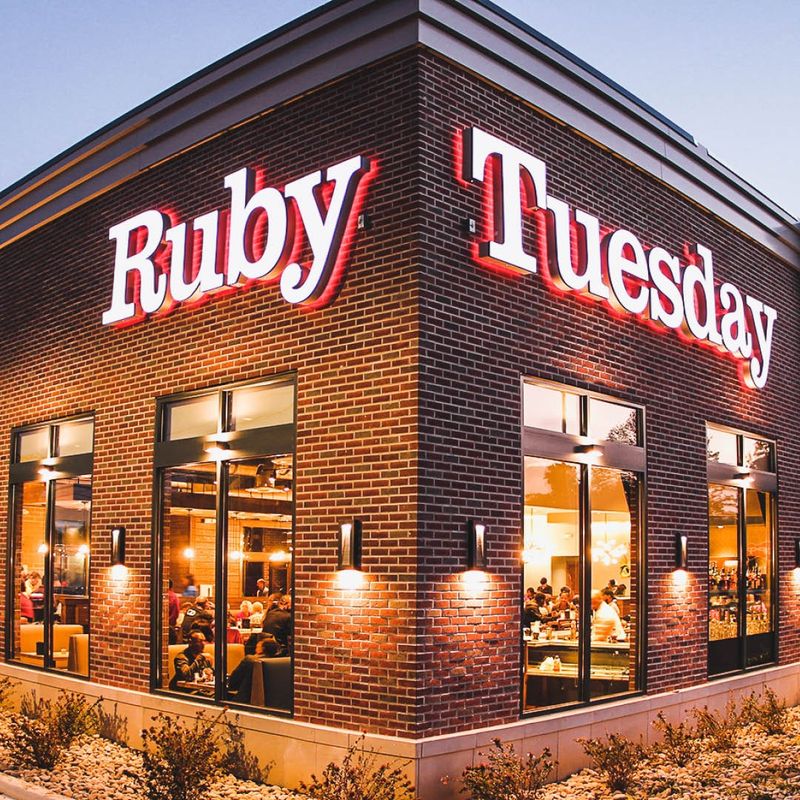
The familiar red-and-green logo once signaled comfortable dining and generous salad bars in shopping centers across America. Ruby Tuesday expanded aggressively through the 1990s and 2000s, becoming a staple of suburban dining scenes.
Multiple bankruptcy filings tell the story of its dramatic fall. The chain has shuttered hundreds of locations, often with little notice to loyal customers or even employees. Caught between casual dining competitors and the rise of fast-casual concepts, Ruby Tuesday struggled to define its identity.
The pandemic dealt another severe blow, accelerating closures of a chain already fighting for relevance in a changing restaurant landscape.
7. Church’s Chicken
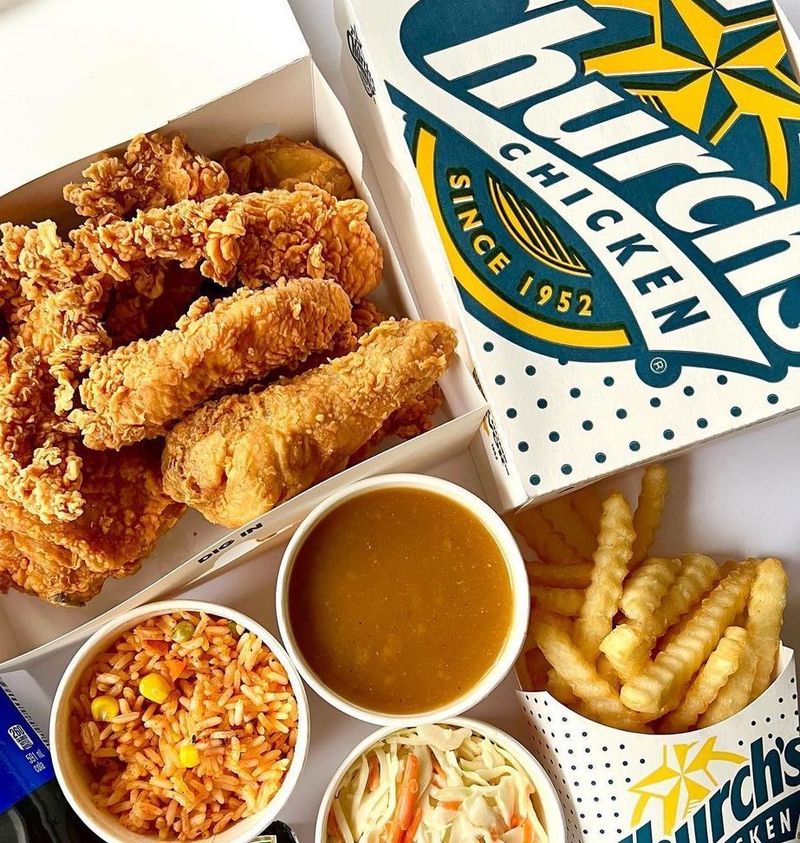
Founded in San Antonio in 1952, Church’s Chicken built its reputation on crispy fried chicken and honey-butter biscuits. The chain expanded across the South and into urban markets, becoming a staple in many communities. Recent years have seen Church’s steadily retreat from neighborhoods it once served.
Fierce competition from Popeyes, KFC, and newer chicken concepts has left Church’s struggling to maintain market share. Financial problems led to ownership changes and widespread closures. Many locations have disappeared without fanfare, leaving loyal customers to discover their neighborhood Church’s suddenly shuttered.
The chain continues operating internationally but its domestic footprint shrinks yearly.
8. Tim Hortons
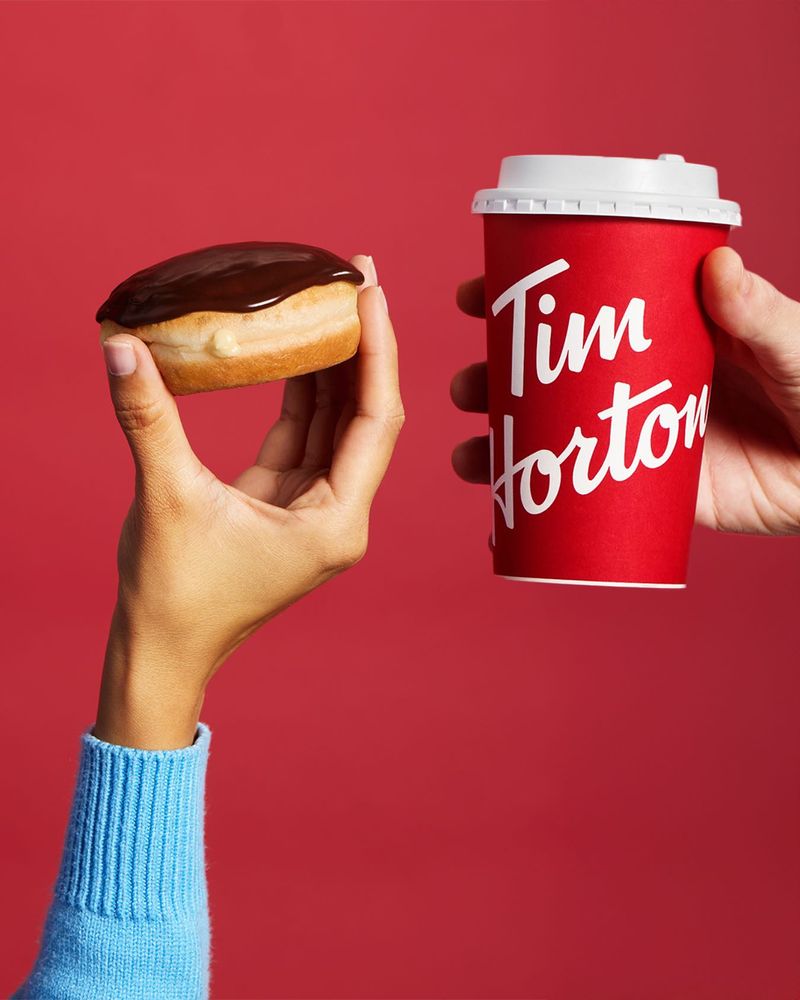
Canada’s beloved coffee and donut chain attempted to recreate its northern dominance south of the border. Tim Hortons expanded into the U.S. with high hopes, opening hundreds of locations across northern states. Americans never embraced Timmies with the same patriotic fervor as Canadians.
The chain faced brutal competition from entrenched players like Dunkin’ and Starbucks in markets where the Tim Hortons name carried little nostalgic value. Many U.S. locations have quietly closed over the past decade.
While still thriving in Canada and expanding globally, Tim Hortons’ American experiment has largely failed, with remaining locations concentrated primarily near the Canadian border.
9. Sbarro
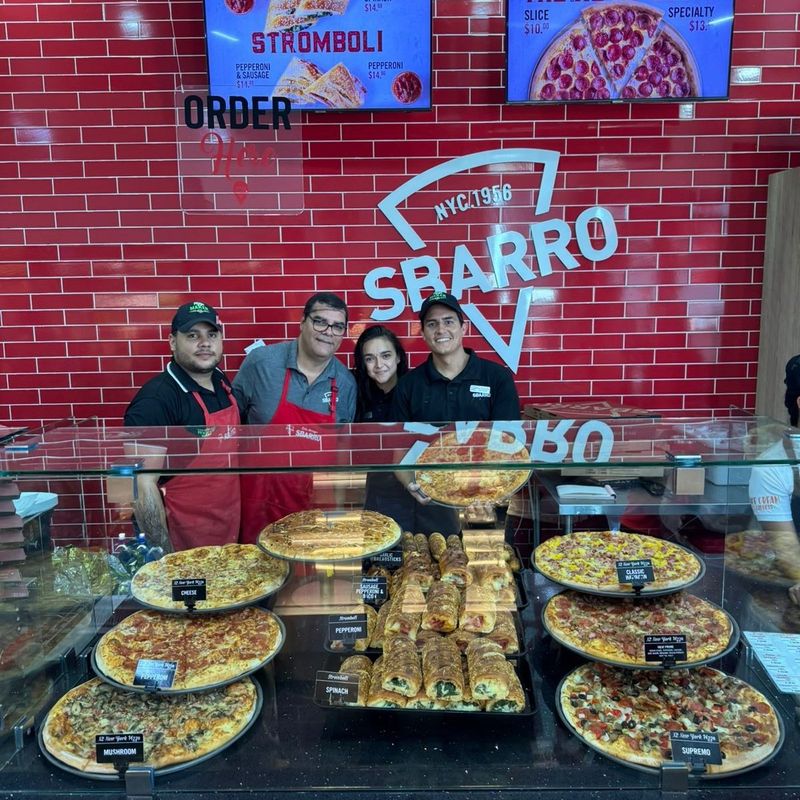
The familiar green, white and red logo once beckoned hungry shoppers from food courts across America. Sbarro’s pizza-by-the-slice model thrived in high-traffic mall locations for decades. Then came the retail apocalypse. As shopping malls declined, so did Sbarro’s fortunes.
The chain filed for bankruptcy twice in the 2010s, closing hundreds of locations as their primary real estate strategy collapsed. Attempts to expand beyond malls into standalone locations largely failed. The chain that once operated over 1,000 restaurants has shrunk dramatically, with remaining locations concentrated in travel hubs and the few thriving malls left.
Sbarro’s fate remains tied to the dying American shopping mall.
10. Fuddruckers
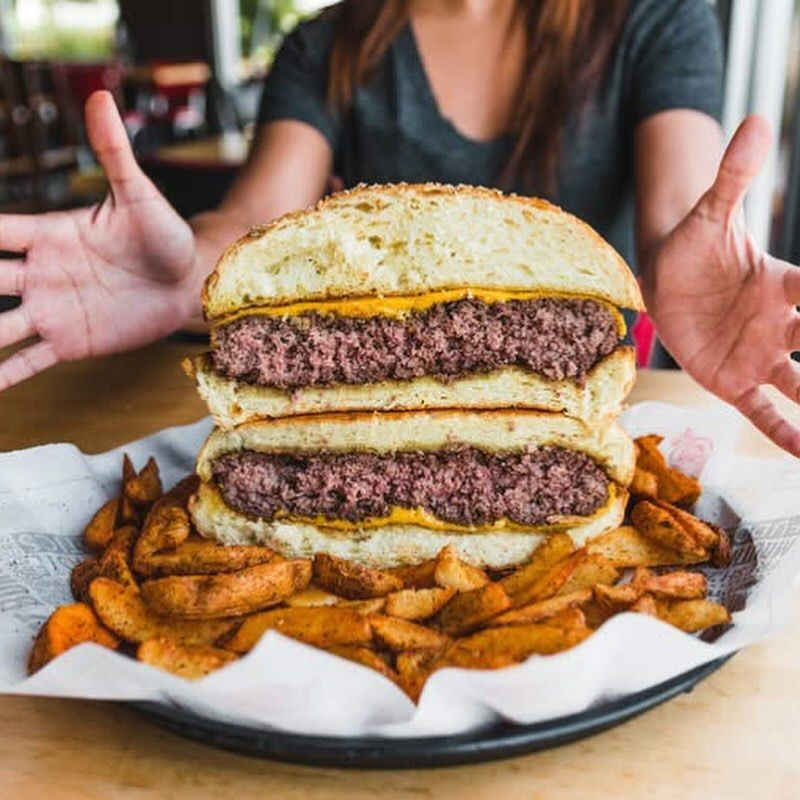
The self-proclaimed home of the “World’s Greatest Hamburger” pioneered the build-your-own-burger concept before it was trendy. Founded in 1980, Fuddruckers distinguished itself with fresh-baked buns, butcher-shop quality meat, and elaborate toppings bars.
Financial troubles began long before the pandemic. The chain’s parent company filed for bankruptcy in 2020, selling off Fuddruckers’ assets and sending the brand into a tailspin. From nearly 500 locations at its peak, Fuddruckers has dwindled to just a handful of restaurants.
A franchise group purchased rights to the brand, but most Americans now live nowhere near a functioning Fuddruckers, making this once-innovative chain a nostalgic memory.
11. Blimpie Subs
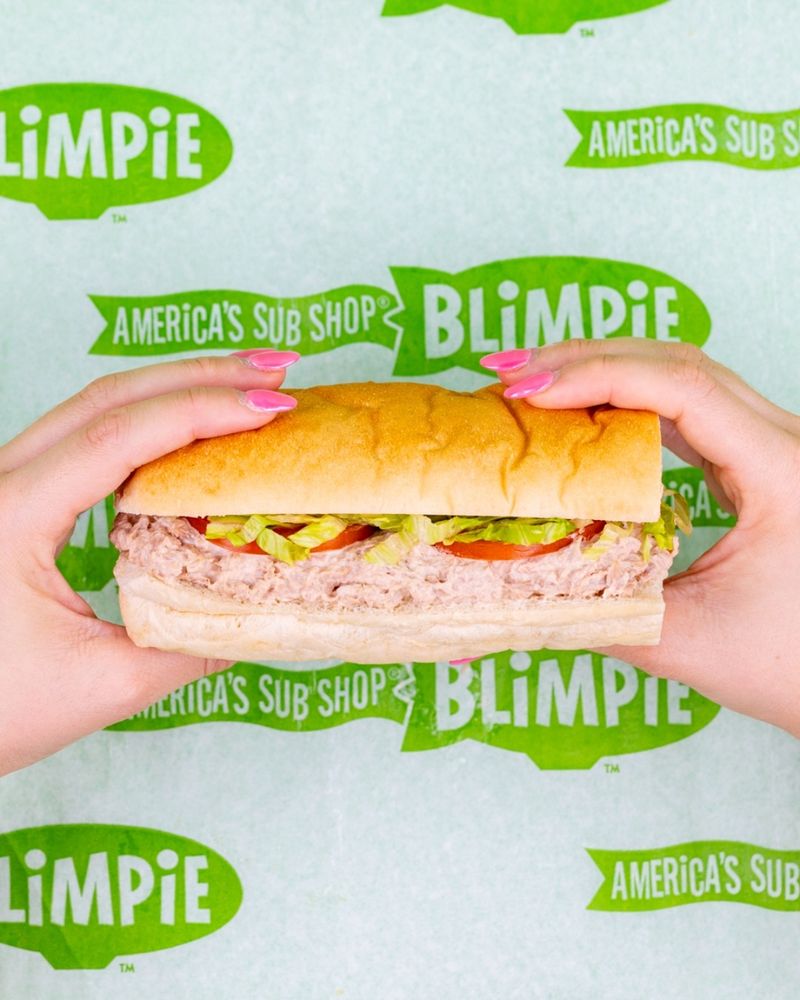
Before Subway dominated every strip mall in America, Blimpie was a major player in the sub sandwich game. Founded in 1964, the chain actually predates Subway and once operated over 2,000 locations nationwide.
Aggressive competition gradually pushed Blimpie to the margins. While Subway expanded relentlessly and newer chains like Jimmy John’s and Jersey Mike’s captured market share, Blimpie failed to evolve its menu or marketing.
The chain has quietly disappeared from most communities. Current location count hovers around 200 stores – a shadow of its former presence. Many Americans under 30 have never even heard of Blimpie, showing how thoroughly this once-prominent chain has faded from public consciousness.
12. Friendly’s
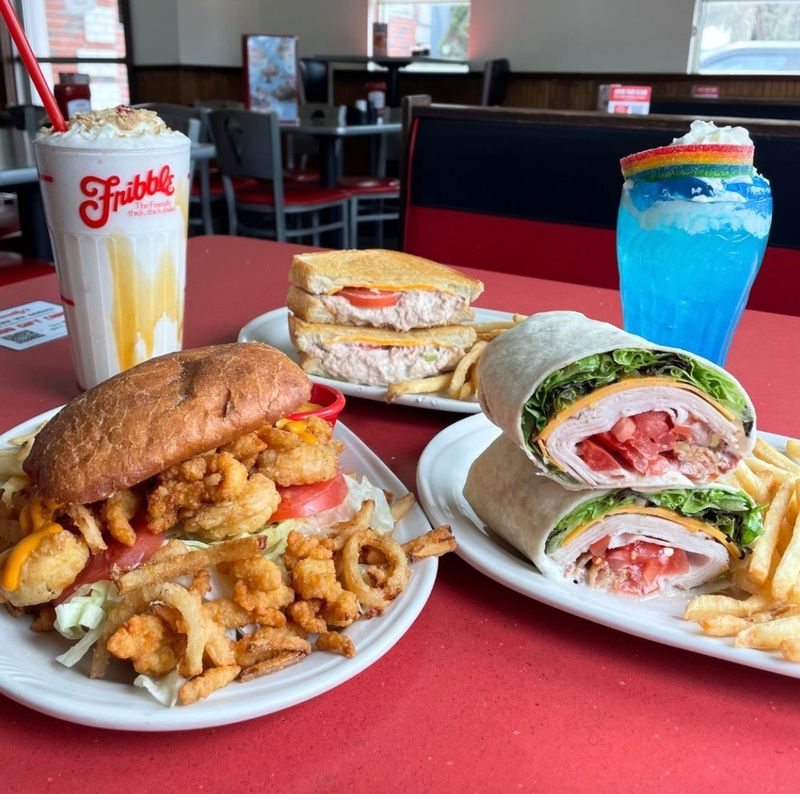
The ice cream parlor and family restaurant chain once symbolized wholesome American dining across the Northeast. Founded in 1935, Friendly’s became known for Fribbles, Jubilee Rolls, and creating happy childhood memories.
Financial reality proved harsh for the nostalgic brand. Multiple bankruptcy filings since 2011 have led to waves of restaurant closures, with the chain shrinking from over 500 locations to fewer than 130 today. Changing family dining habits and competition from modern fast-casual concepts left Friendly’s struggling to attract new customers while maintaining its aging restaurants.
The pandemic accelerated closures, leaving empty buildings where generations once celebrated birthdays and after-school ice cream treats.
13. Pie Five
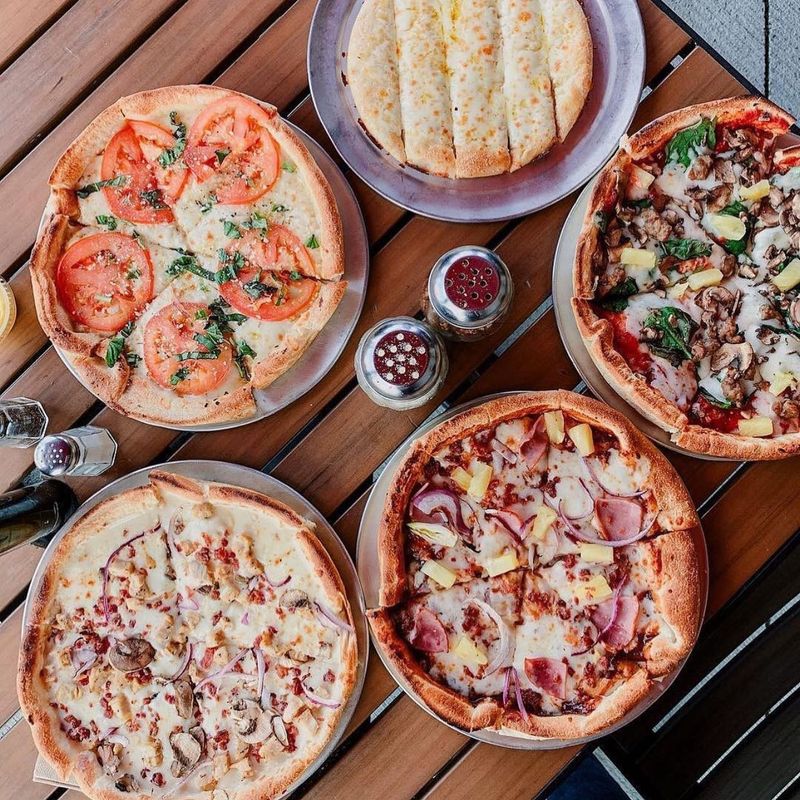
Launched in 2011, Pie Five rode the fast-casual pizza wave that promised to be the “Chipotle of pizza.” The concept featured personal pizzas cooked in just five minutes, with unlimited toppings for one price.
Initial excitement led to rapid expansion to nearly 100 locations by 2017. Then reality set in. The crowded fast-casual pizza market (Blaze Pizza, MOD Pizza, &Pizza) couldn’t sustain so many similar concepts.
Pie Five began closing stores almost as quickly as it had opened them. The chain has shuttered dozens of locations, retreating from entire states where it once operated multiple restaurants. Parent company RAVE Restaurant Group continues to support the brand, but its footprint continues shrinking yearly.
14. Del Taco
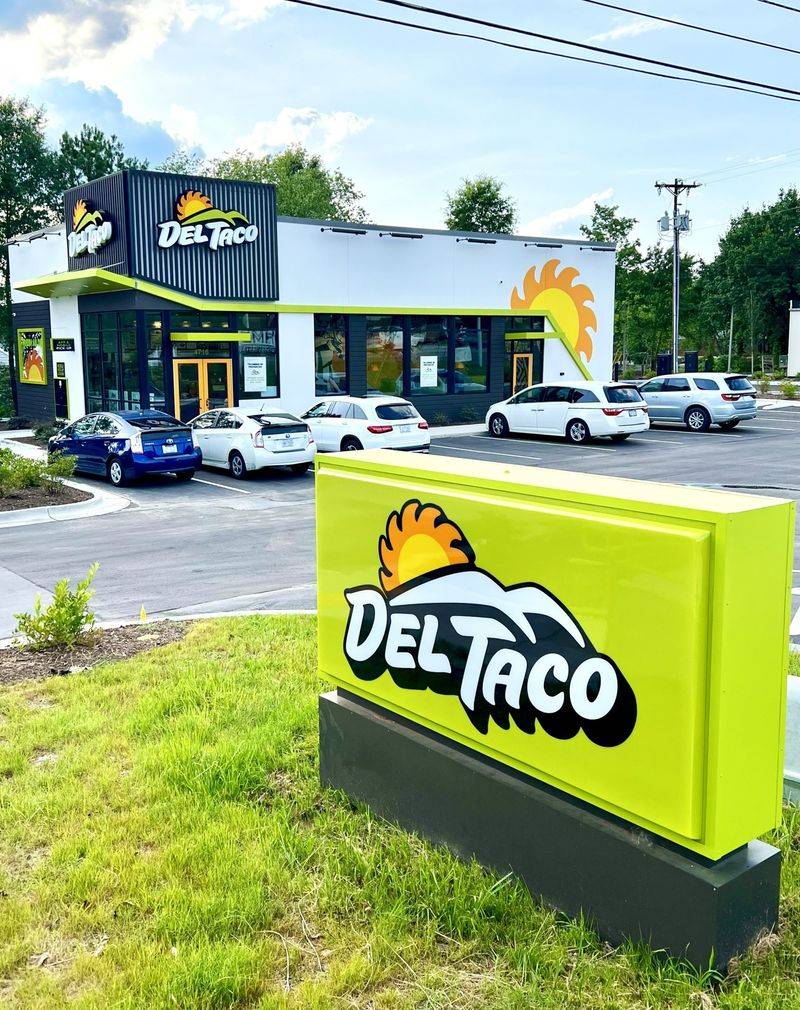
The California-born taco chain once stood as a formidable regional competitor to Taco Bell. Founded in 1964, Del Taco built a loyal following for its combination of Mexican food and American items like burgers and fries.
Geographic expansion proved challenging. While still operating hundreds of locations, primarily in the West, Del Taco has retreated from many markets it attempted to enter. Jack in the Box’s acquisition of Del Taco in 2021 raised questions about the brand’s future. Store closures have accelerated in recent years as the chain struggles against Taco Bell’s marketing might and Chipotle’s quality positioning.
Many locations have disappeared from regions where Del Taco once maintained a significant presence.
15. Cici’s
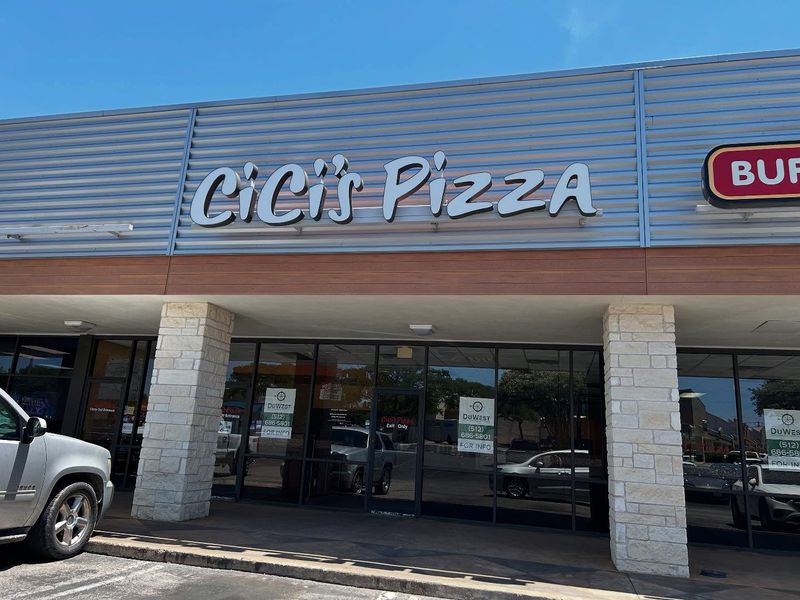
The all-you-can-eat pizza buffet chain once tempted budget-conscious families with unlimited pizza, pasta, and salad for under $10. At its peak, Cici’s operated nearly 650 locations and seemed to have found a sustainable niche.
Economic challenges and changing consumer preferences hit hard. The 2020 pandemic dealt a devastating blow to the buffet model, pushing the chain into bankruptcy. Cici’s has closed hundreds of restaurants in recent years, with many locations shuttering permanently during pandemic restrictions.
The chain’s new owners are attempting to revitalize the brand, but the unlimited buffet concept faces significant headwinds in today’s dining environment. Many former locations remain empty, their distinctive blue-and-red signage removed.
16. Papa Murphy’s
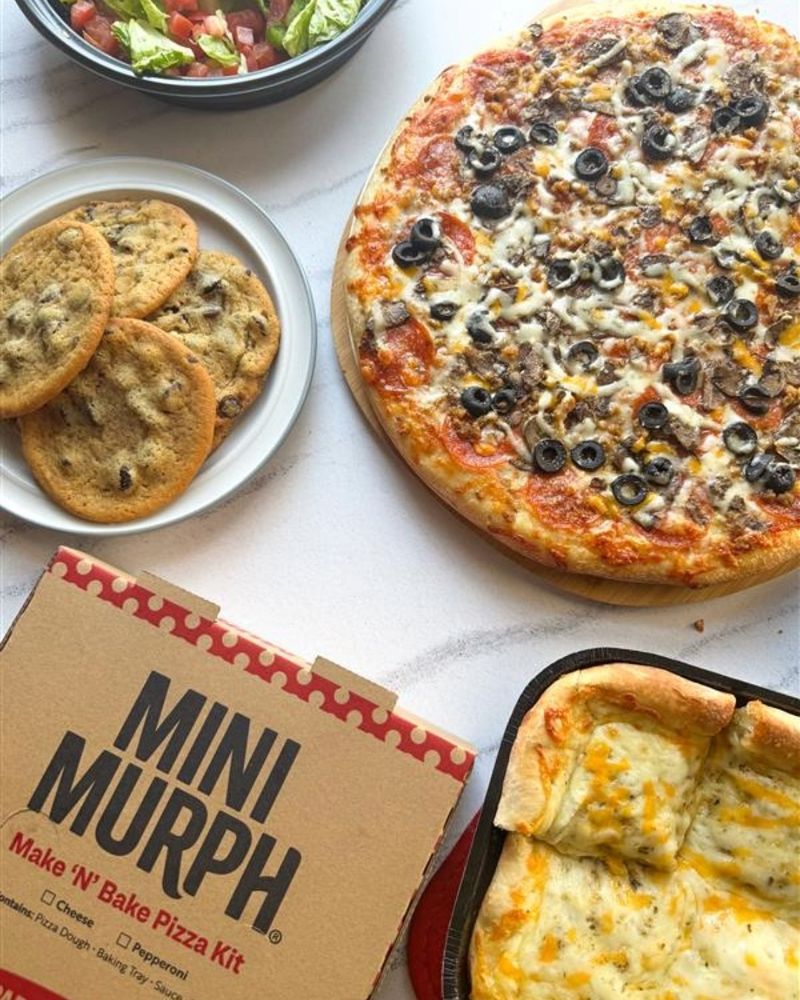
The take-and-bake pizza concept once seemed revolutionary. Papa Murphy’s distinctive model – assemble fresh pizzas for customers to bake at home – helped it grow to over 1,500 locations across 38 states.
Recent years have brought steady decline. The chain has closed hundreds of stores as competition from delivery-focused pizza giants and pre-made grocery store options squeezed its niche. The concept that once seemed innovative now feels inconvenient to many consumers who prefer hot, ready-to-eat delivery.
Papa Murphy’s continues operating but has retreated from many markets where it once maintained multiple locations. The pandemic, ironically, didn’t help the take-home concept as much as traditional delivery chains.
17. Luby’s
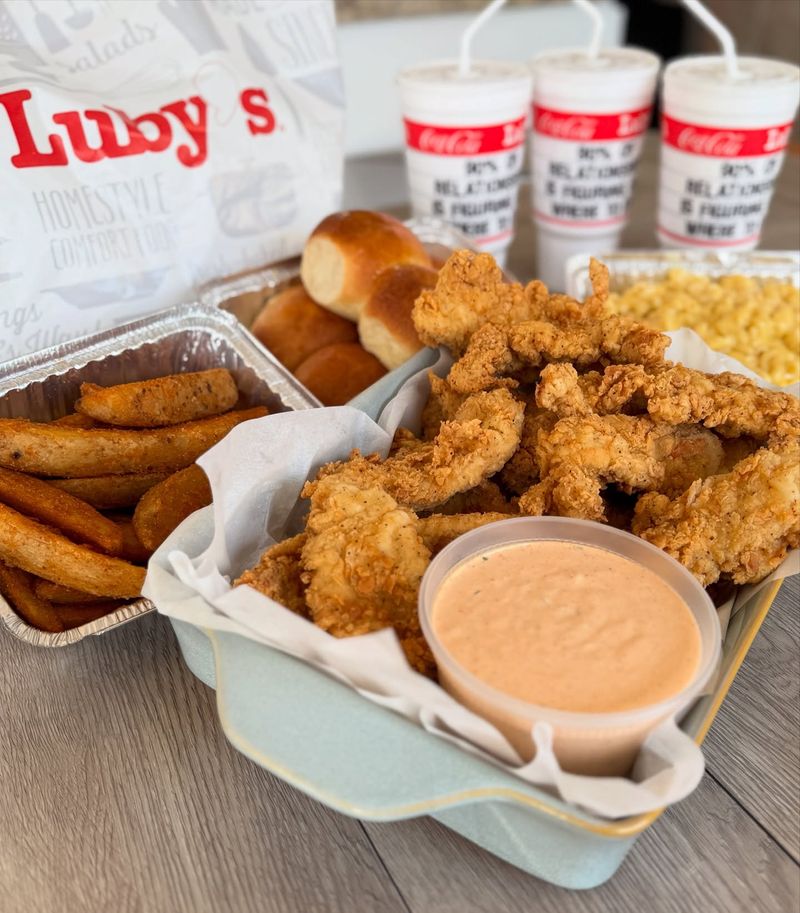
The Texas institution served comfort food cafeteria-style since 1947. Generations of Texans grew up with Luby’s LuAnn platters, square fish, and jello parfaits, creating a deeply nostalgic connection to the brand. Modern dining trends proved challenging for the cafeteria model.
In 2020, shareholders voted to liquidate the company and sell off assets, signaling the beginning of the end. While a last-minute purchase preserved some locations, many Luby’s restaurants have closed permanently. The chain that once operated over 200 cafeterias has dwindled dramatically, with remaining locations concentrated in Texas.
The cafeteria concept, once a staple of American dining, continues fading into history.
18. A&W’s
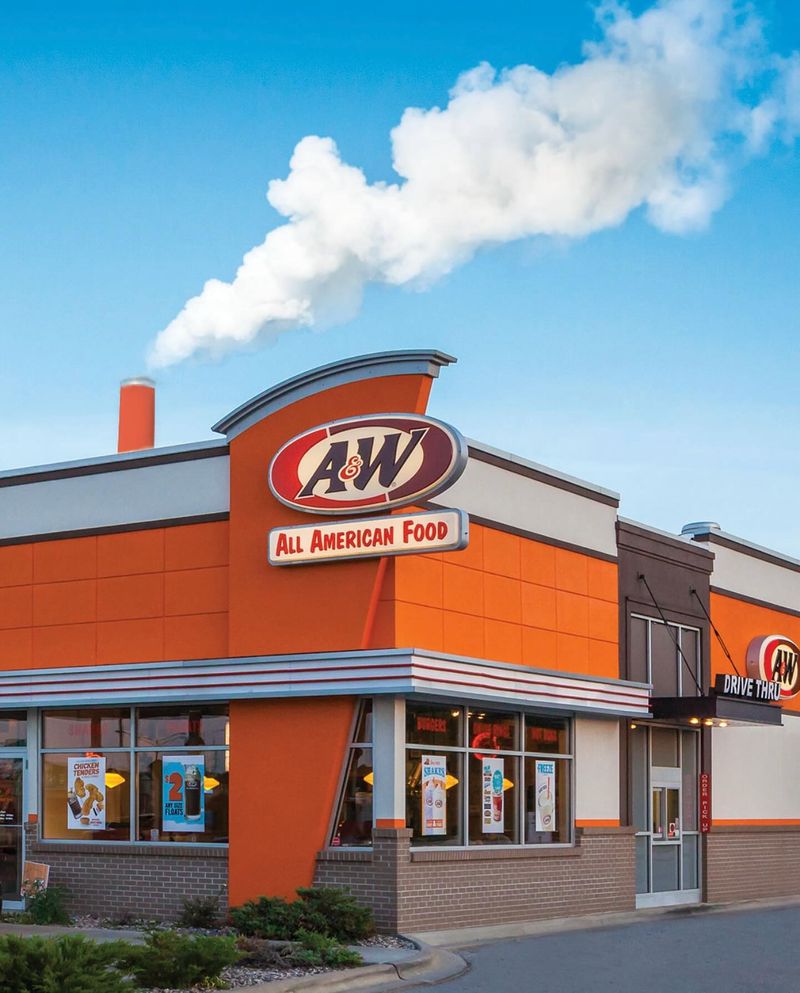
America’s oldest restaurant chain (founded 1919) pioneered both the drive-in concept and the restaurant franchise model. A&W’s root beer floats and burgers defined roadside dining for generations of Americans.
While the brand thrives internationally, especially in Asia, its American presence has steadily declined. From thousands of U.S. locations in its heyday, A&W now operates fewer than 600 domestic restaurants. Many standalone A&W drive-ins have disappeared, with remaining locations often co-branded with KFC or other Yum! Brands concepts.
The nostalgic chain continues operating but has vanished from many communities where it once served frosty mugs of root beer to multiple generations.
Leave a comment